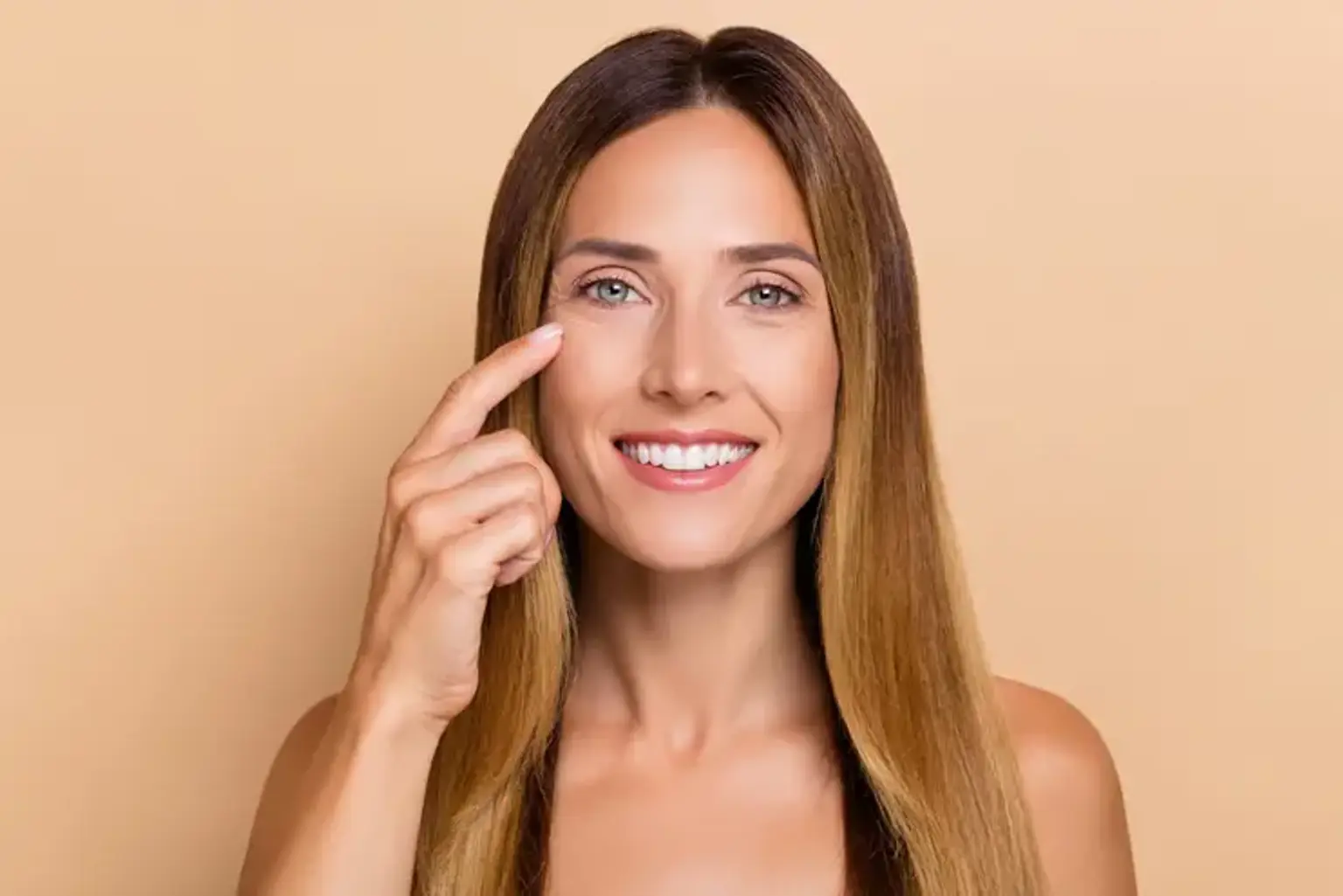Introduction
Skin rejuvenation refers to a collection of treatments aimed at restoring the youthful appearance of your skin. As we age, our skin loses its elasticity, develops wrinkles, and may show signs of sun damage or acne scarring. This is where rejuvenation treatments come in. They help enhance the texture, tone, and overall look of the skin, promoting a fresh and youthful appearance.
The demand for skin rejuvenation treatments has skyrocketed due to their ability to address various skin concerns without the need for invasive surgery. Whether it's reducing fine lines, improving skin texture, or healing acne scars, skin rejuvenation treatments offer a range of options for everyone.
What is Skin Rejuvenation?
Skin rejuvenation is a broad term that encompasses various techniques designed to reverse the signs of aging, heal skin imperfections, and restore skin vitality. These treatments target common concerns such as wrinkles, sagging, acne scars, uneven skin tone, and sun damage.
The goal of skin rejuvenation is to stimulate the production of collagen, a vital protein that keeps skin firm, smooth, and youthful. These treatments can enhance the skin’s appearance by increasing hydration, improving texture, and boosting overall skin health, making it appear fresher and more radiant.
Popular Skin Rejuvenation Treatments
There are numerous skin rejuvenation treatments available today, each offering different benefits based on your skin type and concerns. Some of the most popular treatments include:
